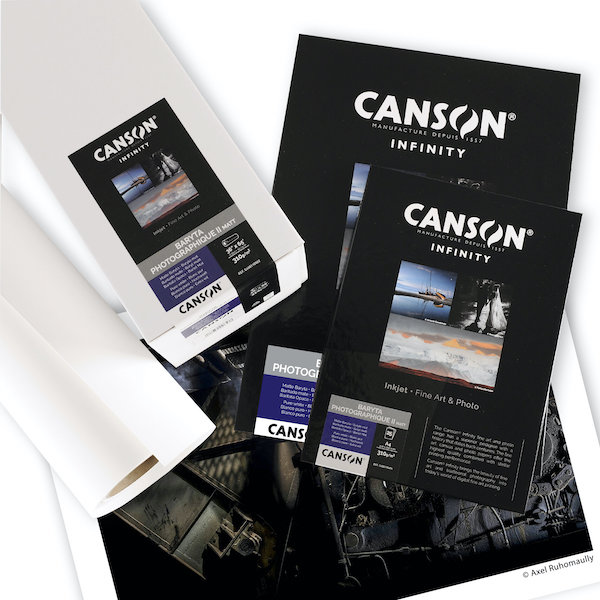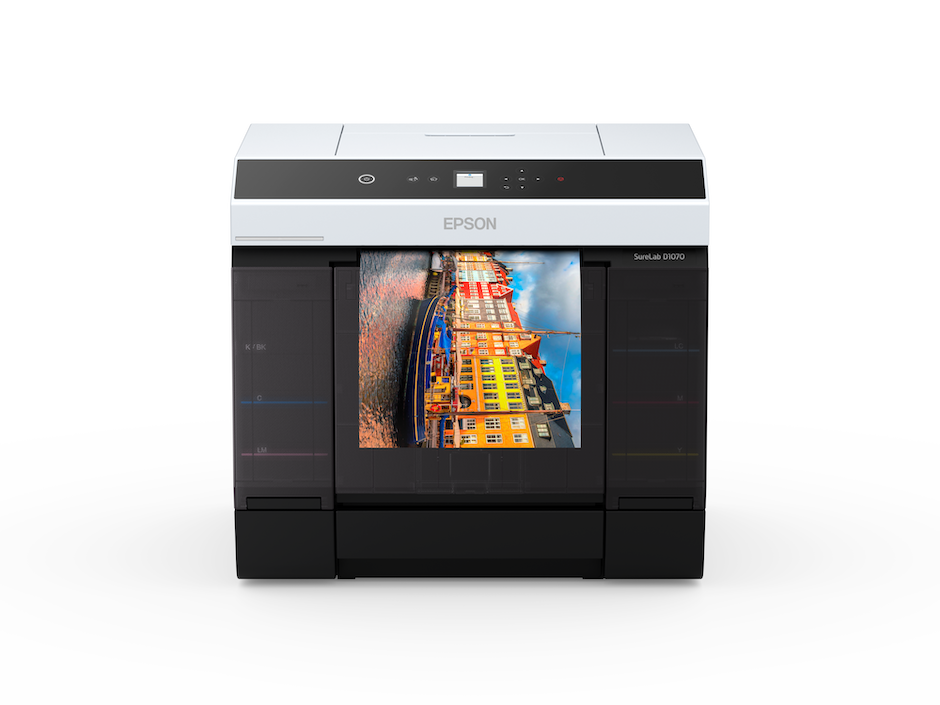Sponsored by Black River Imaging

A Mosaic Album featuring Whitney Scott’s photography / © Whitney Scott
Creating a photo album is a process comprising many choices, and photographer Whitney Scott, based in Bella Vista, Arkansas, has her approach down to a science. Scott’s thoughtfulness and attention to detail is reflected not only in the finished product, but also in every decision she makes along the way.
The process begins the moment Scott picks up her camera: when it comes to shooting, the emotional factor is most important to clients. Last summer, she did a family session in Northern Michigan, where she not only shot portraits, but also took the time to tour the family’s 1950’s lake house to snap photos of various items and nearby places that were significant to the family. She incorporated these images into their album as a surprise, which she says, “they absolutely loved.”
When it comes to editing, Scott says a cohesive look is essential. “I love batch processing; it allows me to work efficiently and makes all the images consistent,” she explains. “This is key when designing an album.” She notes that there should be a natural flow from one page to another, achieved by one thread tying all of the images together—whether that be clothing, location or image toning. “To keep them in an emotional place, you can’t have too much visual clutter or anything that doesn’t fit,” she says.
Next, Scott meets with her clients to select the details of the album itself, such as cover material and type of paper. She recommends that photographers pre-select albums that they personally feel are the best, and then offer those select few options to the client: “[It’s best] to offer choices without being overwhelming,” she explains. Scott keeps a few sample albums on-hand to show clients, noting that it’s important to show the ones you want to sell. “Clients will purchase what you show them 90 percent of the time, so if you’re not showing it don’t expect to sell it,” she says.
When choosing which sample albums to show to clients, Scott considers three things: how unique the product is, the quality of the product and the cost. “Our clients now are much more tech savvy; they know how to get online and order their own books. We have to be able to show them products that they can’t get online or find anywhere else,” she says. The albums must be both elegant and durable, but at a reasonable price to keep the sale profitable.
With all this in mind, Scott’s go-to album is the Mosaic Album sold by Black River Imaging. “One of the qualities of the Mosaic Album that I love the most is the papers, which are mounted on a black core board so the pages are thick and rigid,” she says. “It gives us peace of mind to know that [the] pages won’t warp over time.” Scott and her clients can choose from a variety of leathers for the covers along with multiple paper options. The Mosaic Album also allows clients to select a feature photo that will live on the front cover. “I love the way I can customize Mosaic for clients,” Scott says. “Together we can create something totally unique to them.”
Once ready, Scott drops the images into the album template using Black River Imaging’s free Cascade software. “It’s incredibly simple to use,” explains Scott. “[You can] drag and drop the images into pre-designed page templates or edit them to create your own designs.” Cascade is also useful for clients: Scott uploads the 3-D preview of the album to Black River Imaging’s password-protected site, where clients can digitally “flip” through the album. When the client approves the album, Scott places the order and receives the final product in less than a week. “It comes packaged in a lovely black presentation box with a snap closure,” Scott says. “All we have to do is put it in our custom outer packaging and deliver to the client.”
With the multitude of decisions that go into creating a photo album, it is important to remember the driving force behind them: the emotion. “It requires an emotional investment in your client to discover what is meaningful to them,” Scott says, “and when a group of photographs has meaning, you can create an album that will be treasured for a lifetime.”








